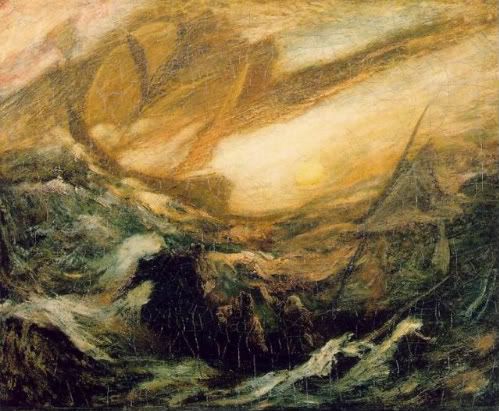
A woman in Somerset, England, recently discovered this rare portrait by John Everett Millais of his wife, Effie Millais, while she was in the process of cleaning her house.
How come stuff like this never happens to me?
Apparently, she had received the painting as a birthday gift when she was just nine years old (now that was one spoiled child!), and then forgot about it. The man who was evaluating the rest of her belongings, Duncan Chilcott, described his discovery:
"Up in the attic she wanted me to look at a table. On the other side of the room behind some old mattresses I saw the painting leaning against the wall," the Telegraph quoted him as saying.
"It was covered in thick dust and I was astonished when I blew it off and saw what was beneath."
"The lady selling it said it was purchased for her by her mother as a ninth birthday present."
Mr. Chilcott's wife later added that when the woman was informed of the painting's value, she was rather nonplussed:
"she wasn't leaping up and down but she was surprised by it. I guess it is cash in the attic for her."Perhaps her mother would have been better off getting her a bicycle for her birthday and keeping the fine art for herself.
While the owner might not be excited about the paintings' discovery, the art world is quite excited. You will recall that Effie Millais was actually married to the art critic John Ruskin before she met Millais. Because Effie's hand is hidden in this portrait, there is some speculation that it has something to do with John and Effie's relationship (or, as the Daily Mail more provocatively stated it, the "scandal of a love triangle"). The painting will be auctioned on December 9.
Read the whole story at the Daily Mail








